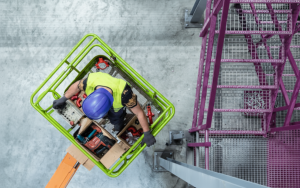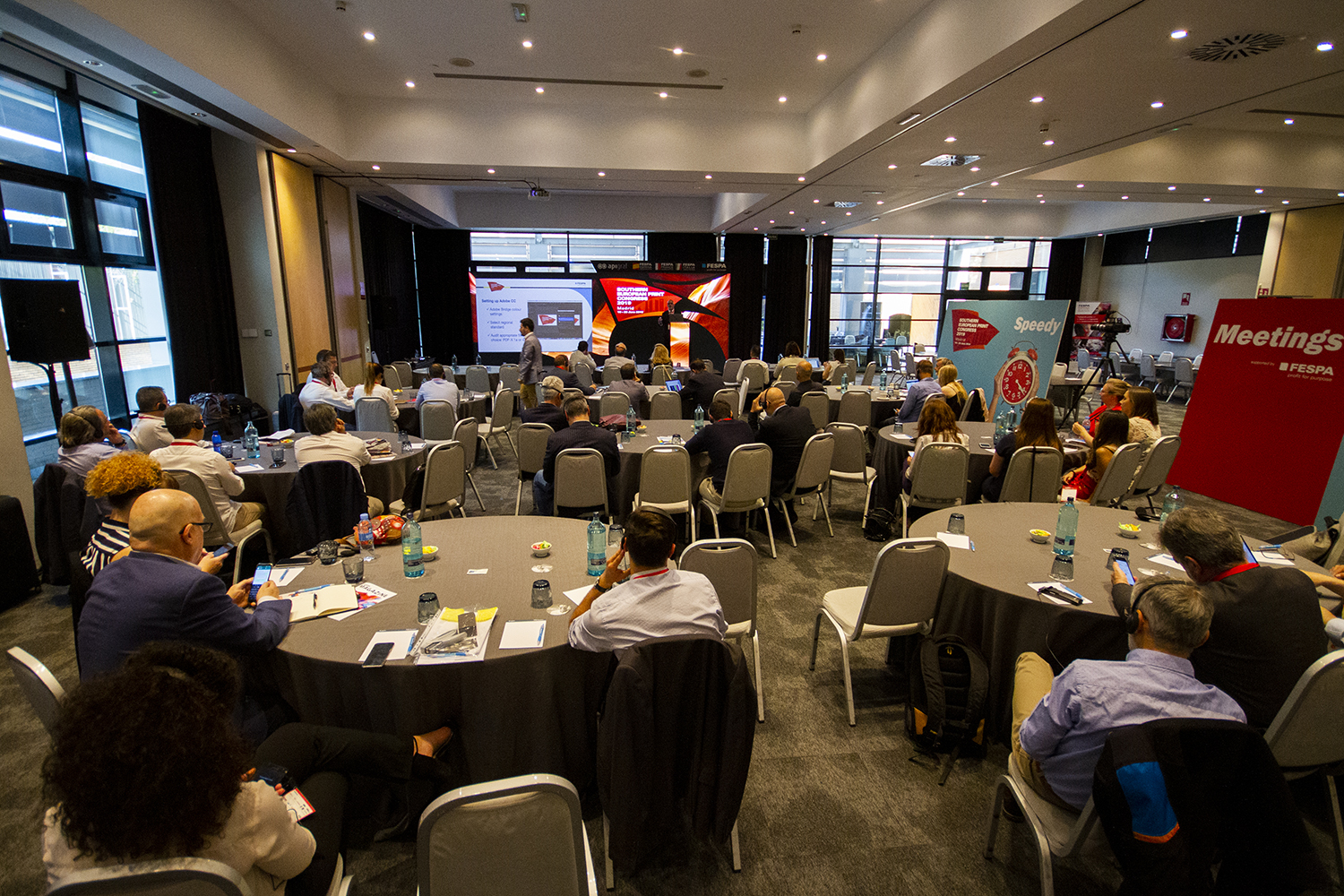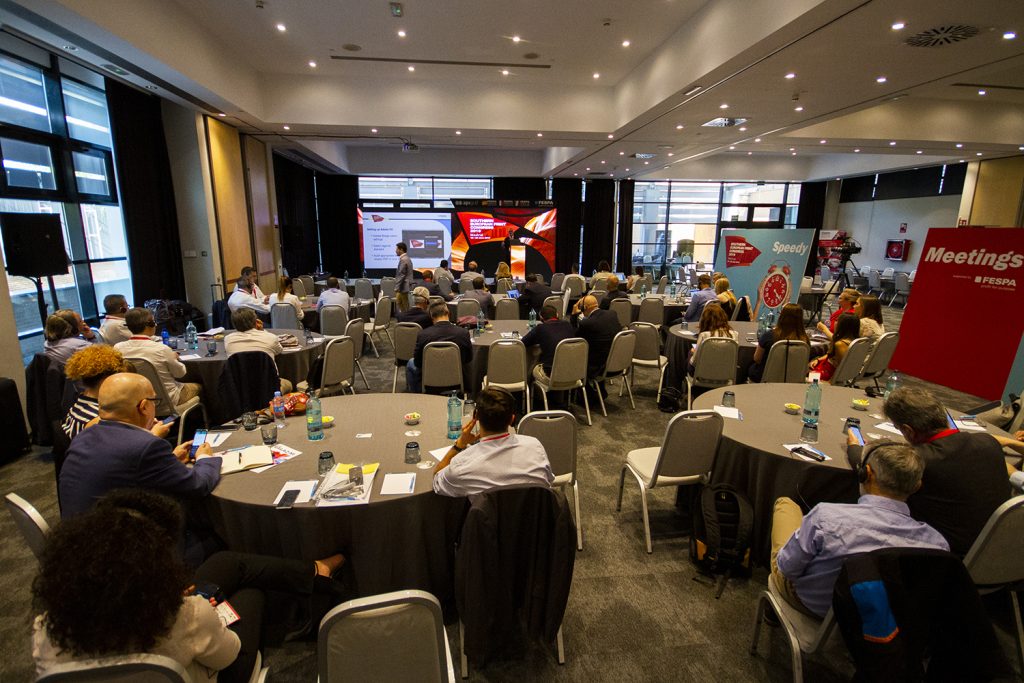


In an environment marked by technological disruption and the urgency of sustainability, associations in the graphic sector have ceased to be mere representative entities and have become key players in industrial development. Through an interconnected network of collaboration, these entities promote professionalization, defend common interests and prepare the sector for the challenges of the future. This article analyzes its impact in Spain and its connection with international organizations.

The Spanish Association of Luminous Sign and Related Industries Entrepreneurs (ASERLUZ) exemplifies how an entity can evolve from union defense to leading sectoral transformations. Founded in 1977, ASERLUZ has gone from responding to regulatory threats to promoting quality standards, professional training and strategic alliances. Its close collaboration with the European Sign Federation makes it a key channel of influence between European regulations and local business reality.

FESPA Spain represents digital printing and visual communication companies, with a clear international vocation thanks to its membership of the global FESPA network. Through its Annual Congress and the Ramón Sayans awards, the association promotes innovation and excellence. In addition, it leads initiatives in the circular economy and continuous training, reinforcing its commitment to sustainability.

NEOBIS stands out for its modern and integrative approach. Through its annual economic report, it provides key data on the evolution of the graphics sector. But its great contribution lies in its commitment to regulated training, developing certified programs and collaborations with educational centers to ensure generational renewal in a sector affected by the aging of the workforce.

LA FEDE brings together advertising and communication companies of all kinds. Its project #ConcursosJustos stands out for promoting transparency in agency contracting processes, while its transversal approach allows it to interact with more specialized entities in the graphic sector. It promotes ethics, talent and innovation, being a relevant player in the ecosystem of associations.
The Spanish graphic sector is not isolated: its evolution and professionalization is enhanced thanks to its interaction with large international organizations. Entities such as the European Sign Federation (ESF), the International Sign Association (ISA) or the global network FESPA provide strategic vision, shared resources and international networking opportunities. These platforms allow the Spanish industry to access harmonised regulations, emerging trends, specialist training and leading trade fairs such as FESPA Global Print Expo. Internationalization, more than an option, is today a necessity to stay competitive in a market in constant transformation.

Associations in the graphic sector in Spain have evolved in parallel with the challenges of the industry. From sustainability to digitalization and training, they act as strategic platforms that allow their members to adapt, innovate, and collaborate. Its connection with international organizations such as the ESF and ISA enhances its capacity for influence and facilitates access to global standards. In short, these associations are today fundamental pillars of the competitiveness of the sector.
